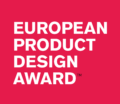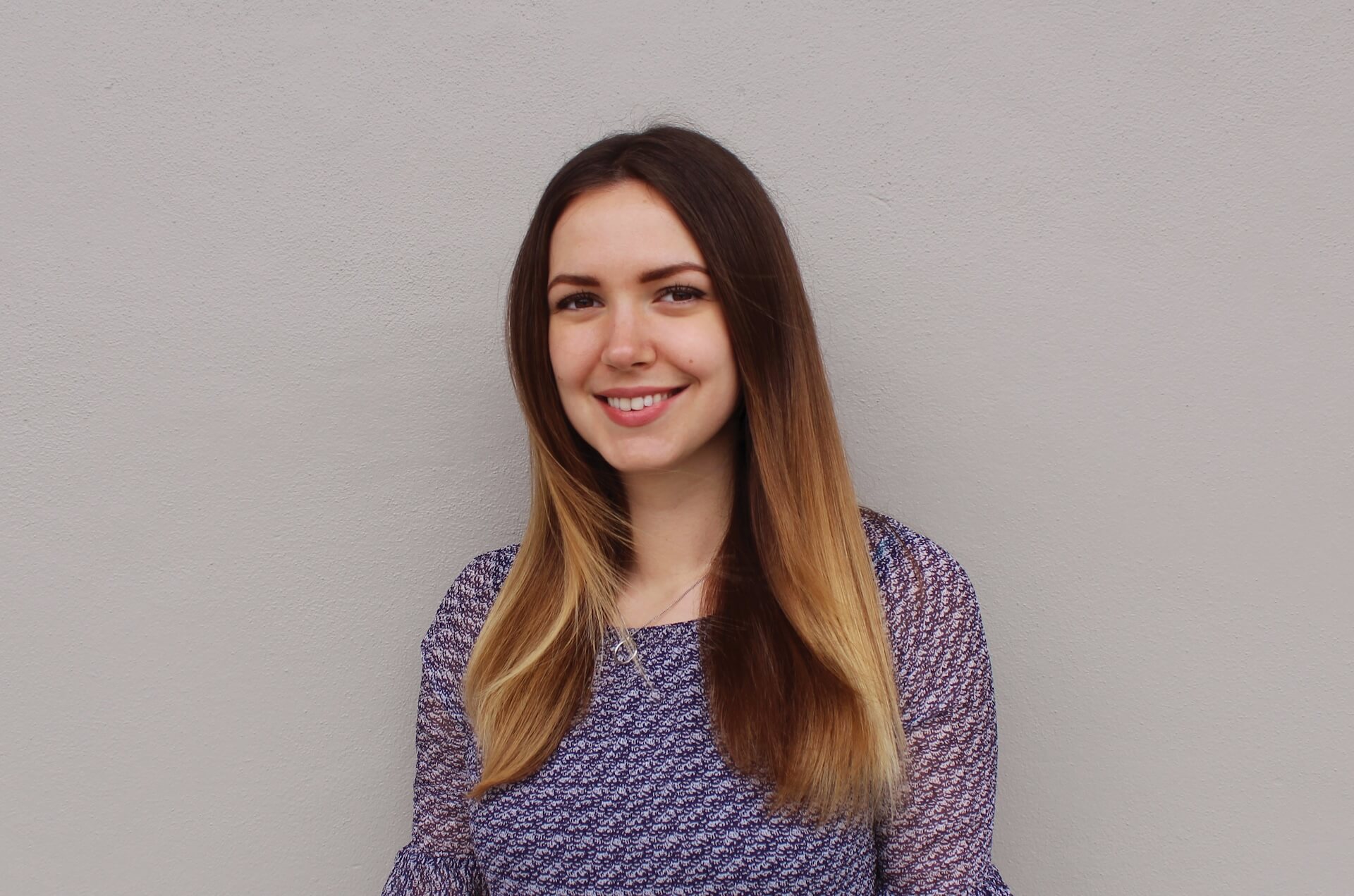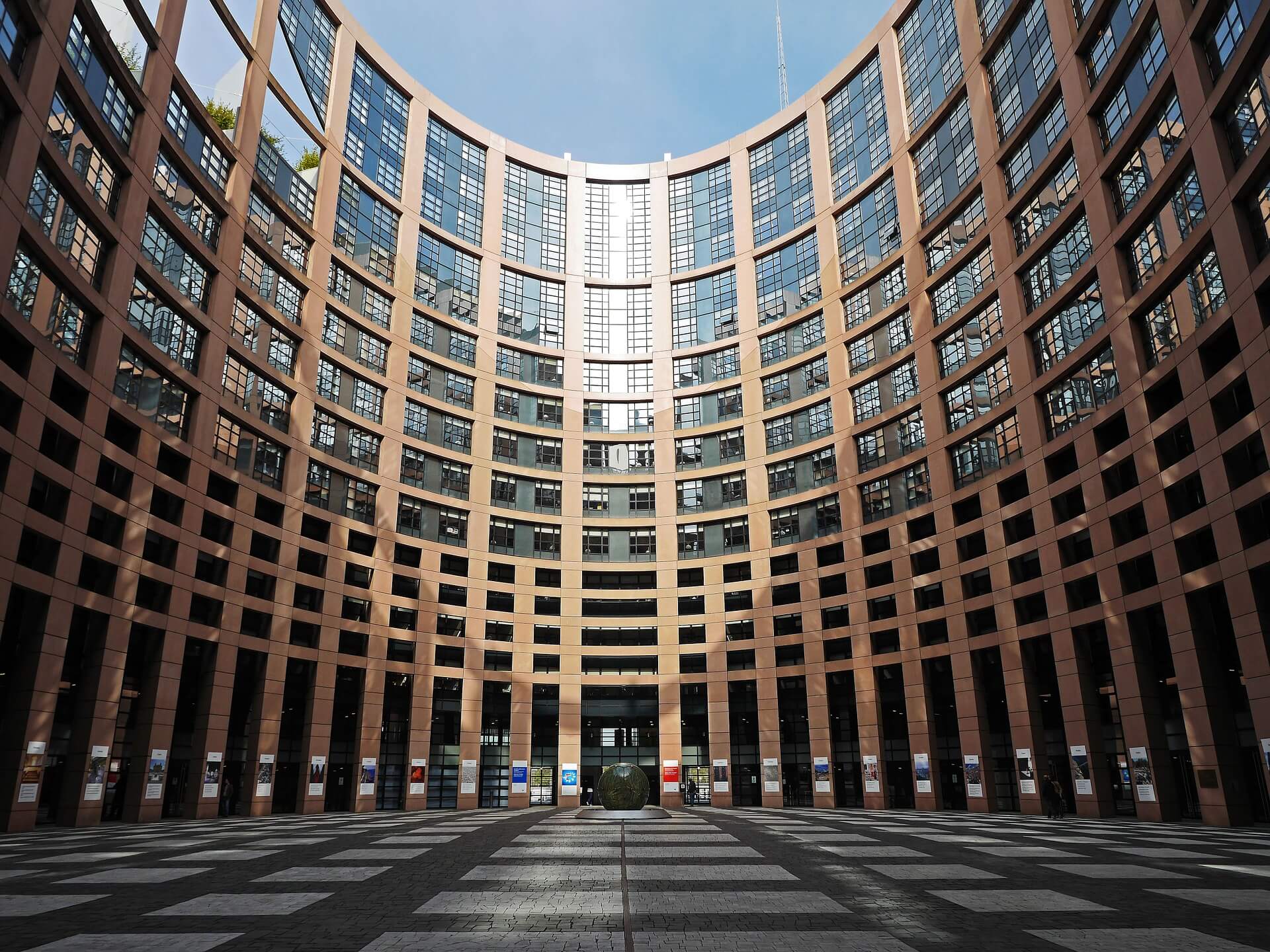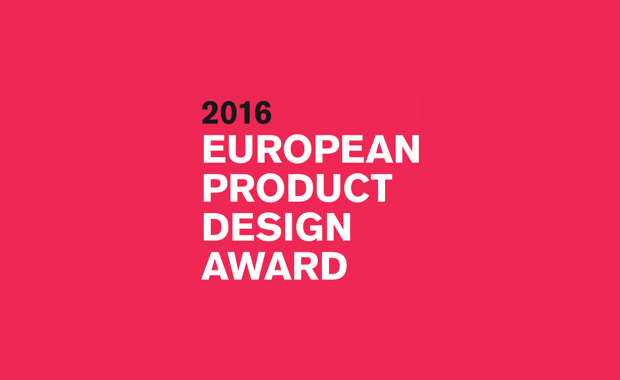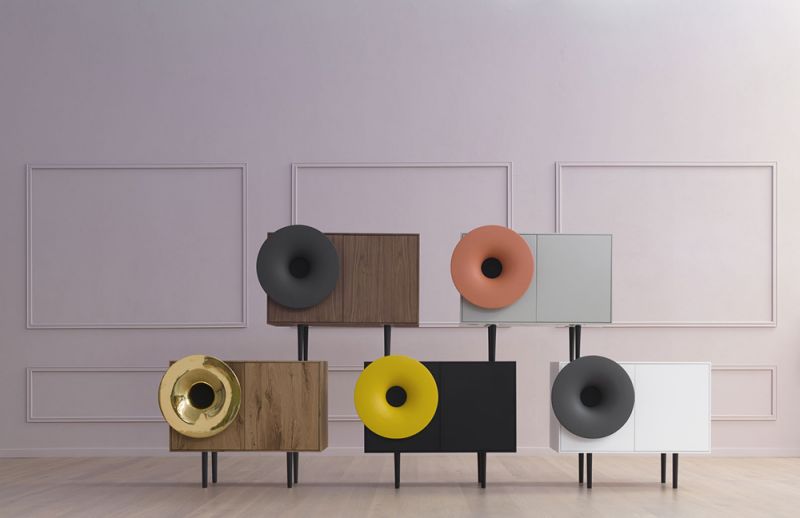Interview with Anja Lukovic, Design of ‘Ugli”.
Waste not: The “Ugli” food truck for ugly produce
It’s a tough world out there for fruits and vegetables. They are at the whim of nature and, apparently, incredibly high aesthetic standards. If deformed, bruised or crooked, produce won’t reach supermarket shelves. The ugly ones are instead gobbled by landfills despite their having equal nutritional value and taste to their attractive counterparts.
To steer food retail in a sustainable direction, a revolution against food waste has started. One testament to this is the Ugli Food Truck by EPDA 2018 Emerging Product Designer of the Year Anja Lukovic.
Created by a team of classmates — Lukovic, Marino Funakoshi, Natalie Schade, Diana Thomson and Nick Wargo, these young visionaries confronted wasted resources due to cosmetic standards and food deserts in the United States with a juicery using rejected fruits and vegetables.
“While the US is filling landfills with fresh produce, there is a steady rise in obesity and diabetes in areas of the country that lack access to fresh fruits and vegetables,” explains Lukovic on the importance of giving imperfect produce a chance to fill the gap for people with bad eating habits. “By applying human-centered design to the food truck experience, we saw incredible opportunities to communicate the beauty in all foods, and dispel modern biases against ugly produce.”
How does Ugli work?
While encouraging people to be nonconformist and consume the odd ones, Ugli is also strategically designed to be autonomous. It picks up, without human input, the ugly fruits and vegetables from local farms and takes them to be made into bottled juices. It then proceeds to stay on a location classified as a food desert.
Ugli’s payment system is based on Amazon Go technology, thus allowing users to just grab a drink or learn through its interactive window. As the day ends, the food truck retreats itself back to a wireless charging pad.
Moreover, Ugli is built from sustainable materials such as aluminum and recyclable carbon fiber which allows it to be as lightweight as possible and not be a liability on its electrical powertrain.
Though the team’s central value of sustainability proved to be difficult, even learning how to design a food truck experience without any prior knowledge required them to conduct extensive secondary research, says Lucovic. Challenges faced ranged from incorporating vehicle size regulations to accommodating accessibility all the while with independence and efficiency in mind.
Solution to food waste
The Ugli team has gotten creative with throwaway produce: By placing an unfamiliar form alongside something as easily digestible as juice at a reduced price, they encourage people to engage with the concept of ugly food and sustainable eating.
Lucovic adds that using juice, people are shown how misshapen fruits and vegetables tastes no different from picture-perfect ones. Also, having them bottled lets Ugli to fit more produce on board. Currently, it can fit about 140 bottles, which equates to about 900 pieces of fruits and vegetables.
“This way healthy food populates peoples’ stomachs, not wastelands,” concludes Lucovic.
Artist Q&A: Anja Lukovic
When did you realize your passion for designing?
Luckily, very early in life. It all started when I was about nine years old. After watching a National Geographic documentary on TV, I drew a horse I would have liked to have when I grew up and showed it to my mom when she came back from work. She put me in an art school where I worked under an incredible mentor and spent my weekends drawing, painting and designing. I still remember my time there vividly.
How does a design idea start?
It starts with a moment of inspiration that serves as a catalyst. Designers have an extraordinary ability to notice the small details, problems, and delightful moments in everyday life. From that singular moment of inspiration, its about taking those observations and molding them into meaningful experiences. There are no rules to when ideas start or end, but designers are masters at letting them flow.
What gave you a liking to create human-centered products?
Creating human-centered products comes naturally to me because I have always believed that there is only one type of design – the one focusing on people. Specifically, I enjoy creating bridges between people and technology by utilizing empathy and compassion. I developed this affinity while I was working in Silicon Valley, one of the worlds most prolific technology epicenters. Being able to identify and solve peoples’ problems by applying advanced technology expanded my understanding of what design is capable of.
Tell us the processes you follow to create your works.
To be honest, I do not think I have ever applied the same process to any of my projects. However, there are some general guidelines I follow. For example, I make sure I always understand what the problem is and what kind of person I am designing for. I focus heavily on identifying behavioral patterns in people. During the research phase, I aim to become an expert on the topic, to the best of my capabilities in the given timeframe. After building a solid foundation and understanding of whom I am designing for and why, I move forward to generating as many ideas as possible. After this is when, in my opinion, the most fragile part of designing starts – user testing. I find it very important to check-in with users every once in a while. Their feedback is, in my opinion, the most valuable when designing and it can make or break the idea. There have been times where I had to completely change the direction of my projects, but it made them a more successful solution to a problem. Afterward comes polishing the product and looking at how to nourish it once it is ready to be used.
Being self-taught is a trend, even in design, so we wonder with all your hindsight now if you would still choose to go through school or not?
Absolutely. As I mentioned before, I was very lucky to have found my passion for design early in life. This allowed me to keep my education focused. I went to High School for Design in Serbia where I confirmed that design truly is my passion and also figured out what type of design I enjoy the most. This gave me the confidence to continue my journey abroad and I enrolled at SCAD, short for Savannah College of Art and Design. Being a recent graduate and looking back at the years at SCAD, I do not regret a single moment I spent there. It is true that being self-taught is a trend, however, being exposed to design professionals, mentors, and the resources a school like SCAD offers is truly a unique experience. I would not be where I am now without the schooling I went through and people I have met along the way.
What are you working on now? What should we expect from you next?
Currently, I am working on adding final touches to a mobile device called neo. It is designed to address phone addiction by giving people more value out of time spent on it. While completing this project, both Google and Apple have announced their effort to address this problem by providing features that give people more control over their phone use. I would love to contribute to this shift in tech industry with my research and concepts. My next stop will be Magic Leap, where I will be working on shaping the physical side of their augmented reality products as a summer intern.
